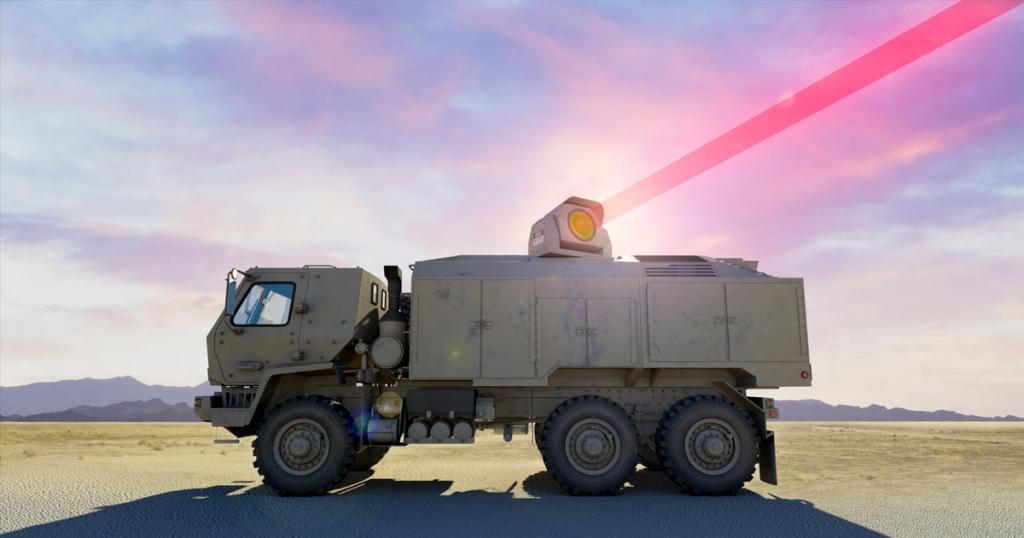The US Army is moving ahead with its plans of developing the most powerful laser weapon to date. The Indirect Fires Protection Capability-High Energy laser (IFCP-HEL) will be a 250-300 kilowatt weapon that is about ten times more powerful as opposed to the US Navy’s Laser Weapon System.
This much power boost will enable the IFCP-HEL to take out target including incoming cruise missiles. The US military is heavily focused on lasers with all three of its main services, Army, Navy, and the Air Force, trying their best to incorporate them into ground vehicles, ships, and aircraft. The primary reason why lasers are creating so much hype is because of their quick reaction time and the ability to fire a large number of shots without having to stockpile bullets, missiles, or shells.
Lasers rely on electrical power instead, and as long as you have the electricity to power the weapon; it can fire an infinite number of shots. The ammunition for the laser weapons is the cost of the generator fuel – about $10 per shot that is fired. The Army was trying to develop a 100-kilowatt laser weapon, but months after this report, it has upgraded to 250-300 kilowatt weapon by opting for IFCP-HEL.
Three hundred kilowatts is about ten times more powerful as compared to the currently functional laser weapon known as LaWS. Laser Weapon System (LaWS) is a 30-kilowatt laser that cost $40 million and has been installed on the amphibious sea base – USS Ponce – back in 2014. It has never been used in action, but it is capable of blinding the enemy forces as a warning, shooting down drones, damaging helicopter, and even disabling boats.
IFCP-HEL will be mounted on a truck and will have to be accompanied by a generator vehicle that must have sufficient diesel fuel. It would be able to engage targets at maximum range given that it is positioned on high ground. The first platoon of four IFCP-HEL firing vehicles is slated to enter the service in 2024.

